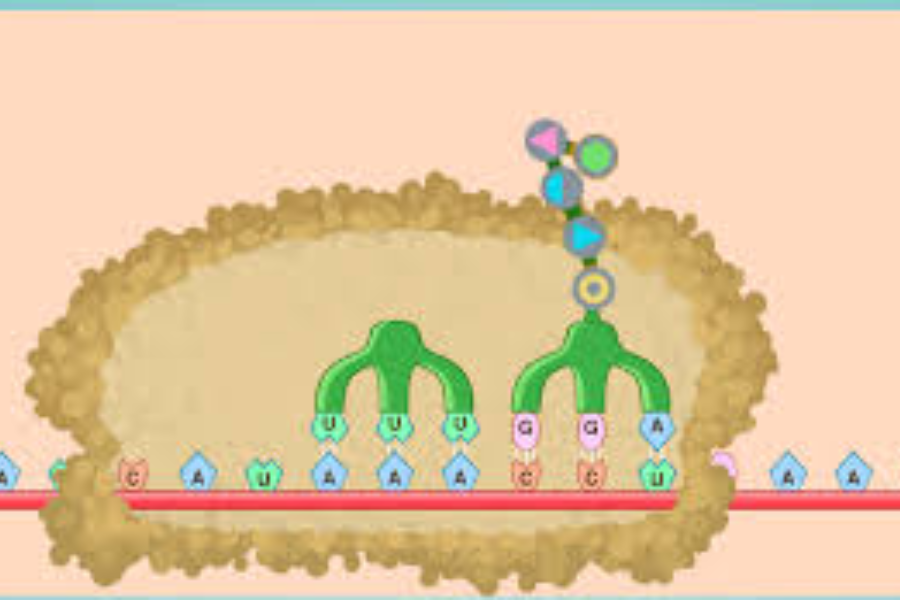DNA, or deoxyribonucleic acid, is the molecule that carries the genetic instructions for life. Understanding how DNA functions and how mutations affect its processes is crucial in the study of genetics and molecular biology. One excellent educational tool that brings these concepts to life is the interactive DNA simulation provided by the Concord Consortium.
Accessible via the link https://www.biologycorner.com/worksheets/dna-sim.html, this activity allows students to manipulate DNA sequences, observe mutations, and analyze their effects in an engaging and visually intuitive way.
This simulation is particularly effective for teaching complex concepts such as transcription, translation, and mutations, making it ideal for use in both basic and advanced biology courses. Below, we’ll delve into the features of the simulation, its educational benefits, and how it can be used to enhance learning experiences in the classroom.
Understanding DNA Transcription and Translation
To fully appreciate the DNA simulation, it’s important to grasp the fundamentals of how DNA translates genetic information into proteins. The process begins with transcription, where DNA serves as a template to create RNA, and continues with translation, where RNA is used to assemble proteins. Proteins are made up of amino acids, and the specific sequence of amino acids is determined by the nucleotide sequence in the DNA.
Key steps in transcription and translation include:
- Initiation:
- The DNA sequence unwinds, exposing the template strand.
- RNA polymerase binds to the promoter region of the gene to begin transcription.
- Elongation:
- RNA polymerase moves along the DNA template, synthesizing messenger RNA (mRNA).
- Termination:
- Transcription ends when RNA polymerase reaches a terminator sequence.
- Translation:
- The mRNA exits the nucleus (in eukaryotic cells) and attaches to a ribosome.
- Transfer RNA (tRNA) molecules bring amino acids to the ribosome, matching the codons on the mRNA with complementary anticodons.
- Amino acids are linked together to form a protein.
The Concord Consortium simulation animates this intricate process, providing learners with a step-by-step visualization of how a DNA sequence is transformed into a functional protein.
Features of the Simulation
The DNA simulation available on Biology Corner includes several interactive components that help students explore genetic processes and mutations:
- Editable DNA Sequences:
- Students start with a basic DNA sequence that includes essential components such as a start codon (AUG, coding for methionine) and a stop codon. These codons are critical for signaling the beginning and end of protein synthesis.
- Visualization of Transcription and Translation:
- The simulation clearly demonstrates how DNA is transcribed into mRNA and then translated into a chain of amino acids. This animation bridges the gap between abstract concepts and real-world processes.
- Exploration of Mutations:
- Students can modify the DNA sequence to observe the effects of different types of mutations. The simulation highlights the resulting changes in the amino acid chain and protein structure.
- Mutation Types:
- Point Mutation: A single nucleotide is replaced, potentially altering one amino acid in the protein.
- Frameshift Mutation: An insertion or deletion of a nucleotide shifts the reading frame, dramatically altering the protein sequence.
- Silent Mutation: A nucleotide change does not alter the resulting amino acid due to the redundancy of the genetic code.
Educational Benefits
This interactive tool offers numerous advantages for both students and educators:
- Simplifying Complex Processes:
- The simulation breaks down intricate processes into manageable steps, making it easier for students to understand transcription, translation, and mutation effects.
- Engaging Visuals:
- The clear animations and interactive features enhance engagement, helping students retain information more effectively.
- Hands-On Learning:
- By actively manipulating DNA sequences, students develop a deeper understanding of genetic processes compared to passive learning methods.
- Real-Time Feedback:
- Immediate visualization of mutation effects helps students connect theoretical concepts to practical outcomes.
- Versatile Teaching Tool:
- The simulation can be used for a variety of educational purposes, from introductory lessons on protein synthesis to advanced discussions on genetic mutations.
Implementing the Simulation in the Classroom
Educators can integrate this simulation into their curriculum in several ways:
- Introductory Activities:
- Use the simulation as a demonstration during lectures to introduce the concepts of transcription and translation. Pause at key steps to explain their significance.
- Interactive Assignments:
- Assign students to work through the simulation independently or in small groups. Encourage them to record their observations and answer questions about the effects of different mutations.
- Problem-Solving Challenges:
- Create scenarios where students must predict the effects of specific mutations and verify their predictions using the simulation.
- Advanced Applications:
- In higher-level courses, use the simulation to discuss topics such as genetic disorders caused by mutations or the implications of gene editing technologies like CRISPR.
Example Activity: Exploring Mutation Effects
An example activity might involve the following steps:
- Start with the given DNA sequence and transcribe it into mRNA.
- Translate the mRNA sequence to determine the corresponding amino acid chain.
- Introduce a point mutation by changing one nucleotide in the DNA sequence. Observe how this alters the mRNA and amino acid sequence.
- Repeat the process for a frameshift mutation and a silent mutation.
- Answer questions such as:
- What changes occur in the protein due to each type of mutation?
- Which mutation has the most significant effect on protein structure and function?
Conclusion
The DNA simulation provided by the Concord Consortium is an invaluable resource for teaching and learning about genetic processes. By making abstract concepts tangible and interactive, it helps students build a solid foundation in molecular biology. Whether used as part of a lecture, a lab activity, or an independent assignment, this simulation fosters critical thinking and scientific curiosity.
Access the simulation and explore its potential to transform the way students understand DNA, transcription, translation, and mutations by visiting https://www.biologycorner.com/worksheets/dna-sim.html.
Stay ahead with insightful articles and the latest trends at articleforward.
